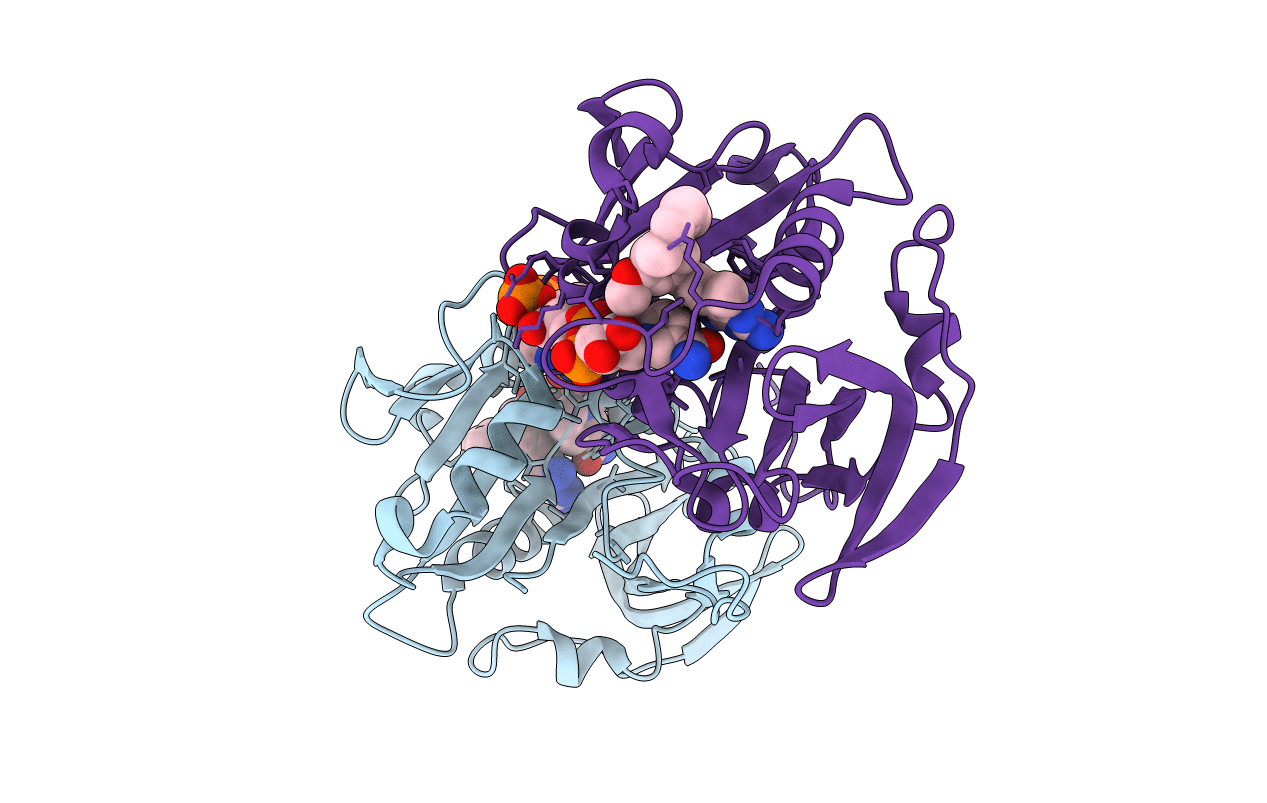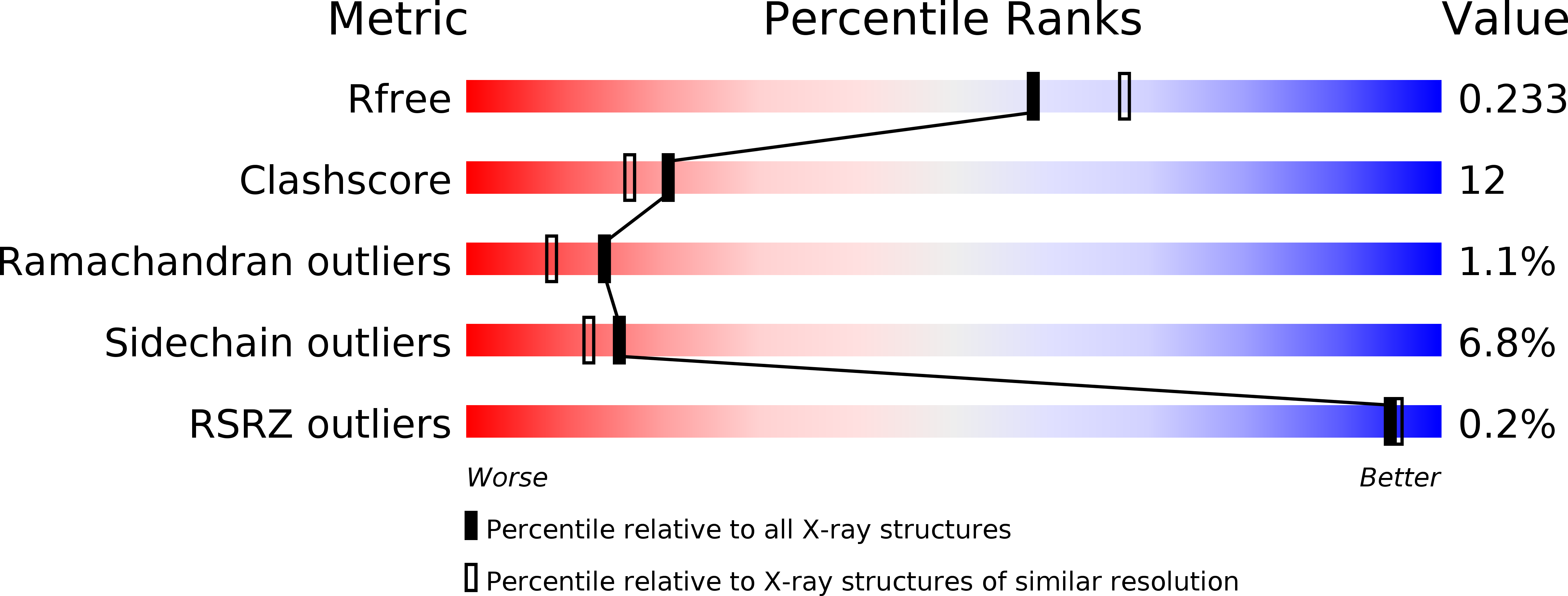
Deposition Date
2008-09-04
Release Date
2009-08-18
Last Version Date
2024-02-21
Entry Detail
PDB ID:
3EEM
Keywords:
Title:
Candida glabrata Dihydrofolate Reductase complexed with 2,4-diamino-5-[3-methyl-3-(3-methoxy-5-(2,6-dimethylphenyl)phenyl)prop-1-ynyl]-6-methylpyrimidine(UCP111D26M) and NADPH
Biological Source:
Source Organism:
Candida glabrata (Taxon ID: 5478)
Host Organism:
Method Details:
Experimental Method:
Resolution:
2.11 Å
R-Value Free:
0.23
R-Value Work:
0.16
R-Value Observed:
0.17
Space Group:
P 41


